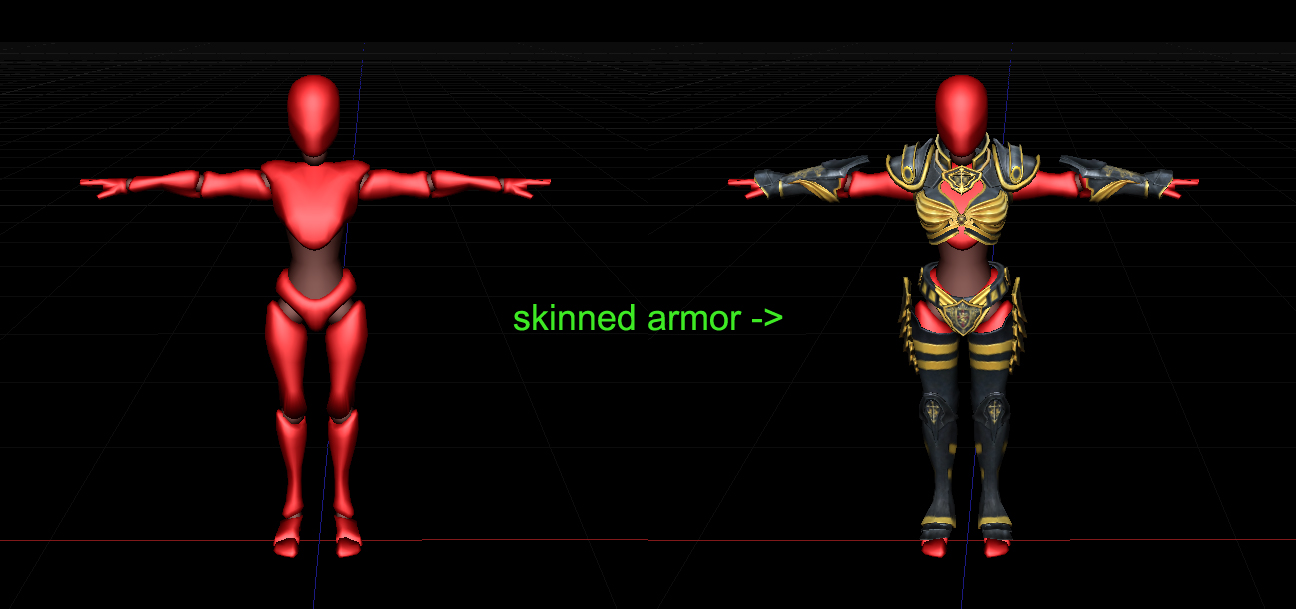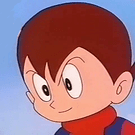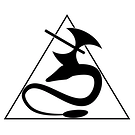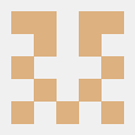It’s very late for me right now but I’ve been excited about my RPG game prototype. And yes, the hovercraft is part of the game.
First proof of concept is skinned armor then onto melee combat.
Image: took me a while to modify, reduce the polycount on the X-bot model, and strip down the Maria model. Hopefully I can skin the armor and equip it in game in a day or two.












